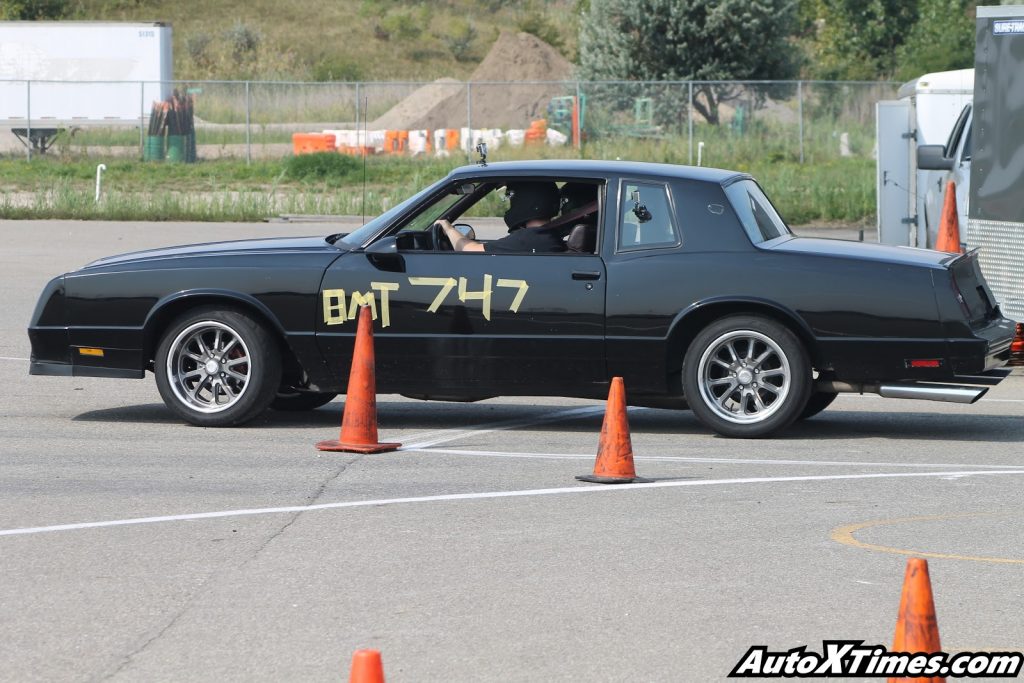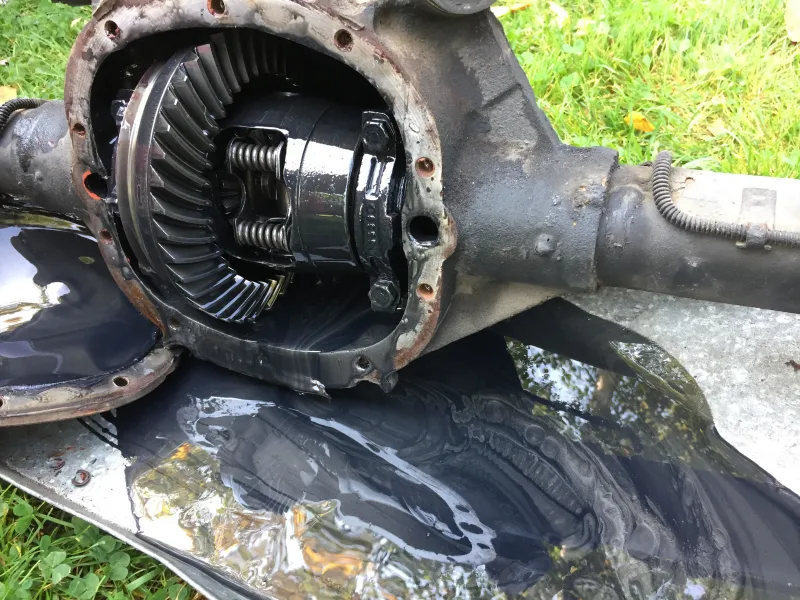Editor’s Note: Perhaps the only things Travis Jones loves more than his 1986 Monte Carlo SS are autocross courses and a good challenge. That’s why Travis is on a mission to transform his Monte Carlo from an underpowered, ill-handling daily driver to an Autocross hero. A self-described “GM guy through-and-through,” Travis is a regular on the site OppositeLock, has documented his project on his Instagram page (@sslow6.0), and will give us a first-person account of his build here as a guest writer.
Travis has owned the Monte Carlo since high school. Although he’s thought about selling it from time-to-time, Travis has held on to it for sentimental reasons, even though the car has often sat idle. After his girlfriend inspired him to try Autocross for the first time, Travis started to look at the Monte in a whole different way.
“I became obsessed with taking a 1980s boat and making it handle,” Travis said.
In part 5 of his Monte Makeover series, he takes on an unexpected rear-axle upgrade:

In the last article, I wrapped up my LS swap and took the car to the track and a friend’s chassis dyno. It ran a 13.27 at 107 miles-per-hour and put down 352 horsepower and 375 ft.-lbs. of torque. I was now ready to enter my first local Autocross event with the newly LS-swapped Monte.
Overall, I was happy with the improved throttle response of the fuel-injected LS showed on the Autocross versus my carbureted 350. Here’s a video I made of some of my best runs that day with an overlay from the Microsquirt Datalog.
My performance was good for second in my class!
I was feeling good about the car, the engine swap — and the transmission even stayed together! I was excited for the next event, so I registered for an SCCA autocross event with the Saginaw Valley Region at NEXTEER (formerly GM Saginaw Steering in Saginaw, MI). During the two-hour trek to the event, I was cruising at a steady 70-75 mph when my tach and speedo suddenly started rising together.
I looked behind me expecting to see smoke or a trail of transmission fluid. Instead I saw sparks… and my passenger-side wheel and axle slowly passing me!
Thankfully, traffic was light, and no one got hit by my wheel and axle. I was safe, and the car didn’t sustain any body damage. Looking back on it, I didn’t feel fear in that moment. Just embarrassed. But once I was onto the side of the shoulder and realized how bad all of this could have been, I about had a heart attack.
I grabbed my axle and wheel, called AAA roadside assistance, and had the driver take my car to my parent’s house outside of Lapeer, MI.
From there, my dad and I got to work.

So if you have an old factory Posi, make sure you pop it open and check for end play on the spiders. It’s a potentially dangerous situation so stay on top of it.
About two weeks prior to the wheel-off incident, I scored a complete 2002 Camaro SS rear end for $80 off Craigslist. A guy was upgrading to a Strange S60 and had no use for it. I pulled the Zexel Torsen diff, and the F-body LS1 disc brakes.
My plan was to rebuild the rear axle using the Torsen diff. My dad dropped me and the axle housing off at my house and I ordered the parts that I’d need to fix it.
- Auburn Gear master ring and pinion installation kit for the GM 7.5 Rear
- Moser Engineering 28 spline drop in axles
- Summit Racing 3.73 ring and pinion gear set
- Two C-clips from Yukon Gear
- Proform differential girdle cover
I had the axle rebuilt at Ring and Pinion of Oakland, MI. Normally I would have done it myself, but I wanted them to check the straightness of the housing and correct it if necessary.
Overall, I was pretty happy with the diff and how it put the power down from a standstill. However, around tight corners, it was still lifting the inside wheels and spinning. Unlike a locking rear differential, a torsen diff or a Detroit TruTrac require both wheels to have at least some resistance for the torque basing to work. If you lift a wheel, it acts like an open diff and the wheel without traction just spins.
To fix the inside tire lifting problem, more drastic measures would be required — drastic measures like a Ford 8.8 and a three-link.
But first, I wanted a bigger cam, new valve springs, and a custom exhaust to make power
Because more power always solves every problem, right?
We’ll find out in Part 6.

Like your car and where can I find part 1 thru 4 of your buildup?
You can see a list of the articles I’ve written here:
https://www.onallcylinders.com/author/travis-jones/
You can also follow me on Instagram @SSlow6.0 for project updates.
Beautiful car!!! My dad has an 86 Montecarlo SS stock, it’s rusty and kind of bad shape. I hope some day I can restore it for him!!!